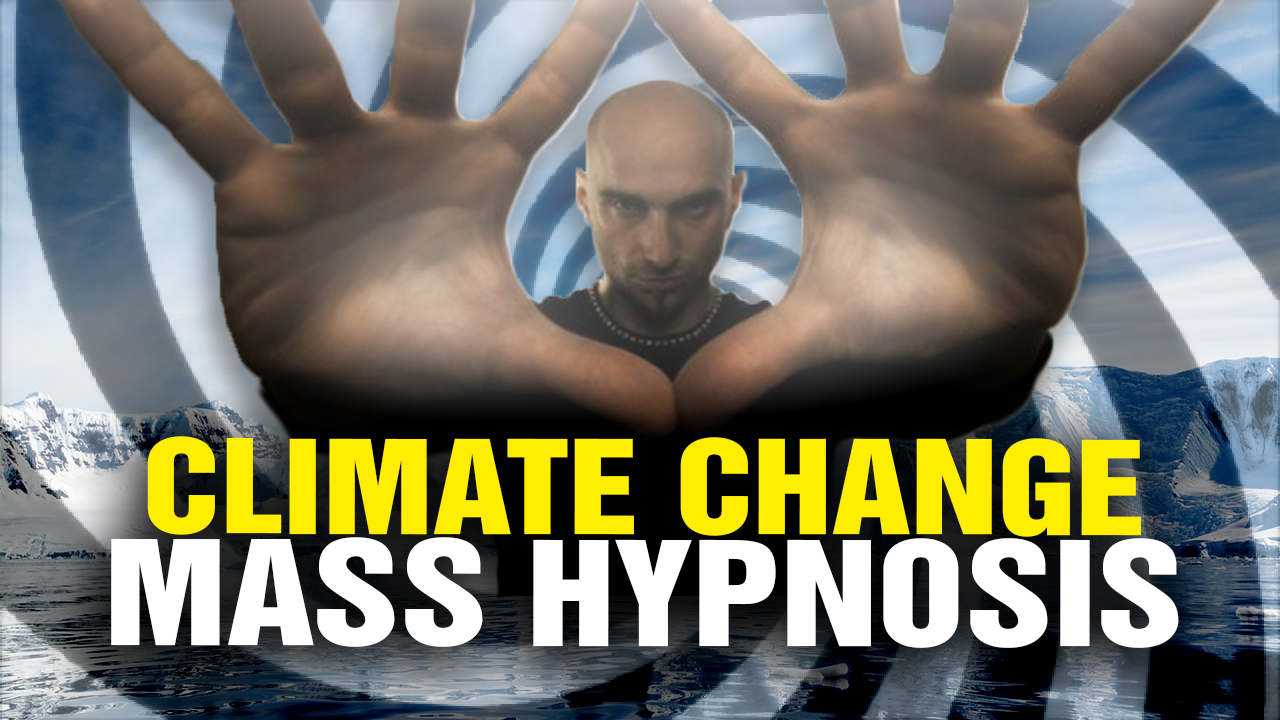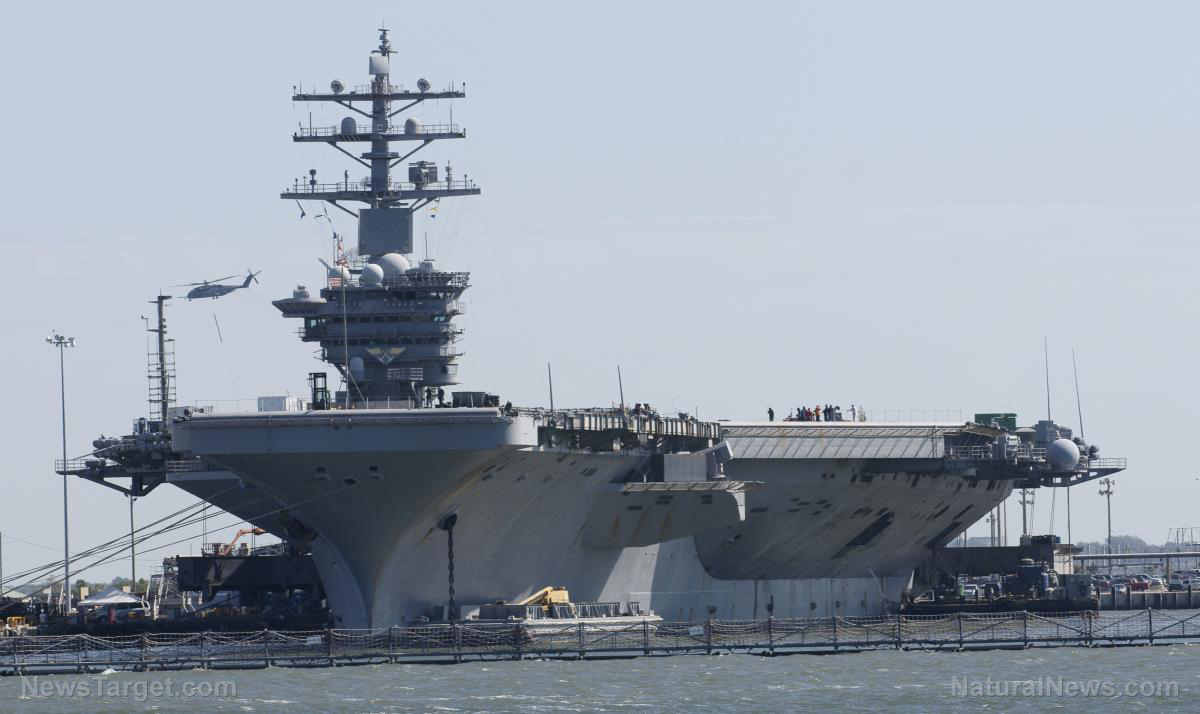
Climate Apocalypse Disintegrating: Meteorologist: ‘Sea surface temperatures drop markedly during past year across the all-important tropical regions’
Tropical ocean temperatures have undergone a striking cooling trend over the past year, raising questions about mainstream climate projections and their influence on storm activity. Recent data from NOAA and the Canadian Met Centre show tropical waters—critical for hurricane formation—transitioning from above-normal warmth to near-neutral or even cooler conditions. Meteorologists and climate analysts, including Joe Bastardi of Weather Bell Analytics, attribute the shift to natural oceanic cycles and lingering effects from the 2022 Hunga-Tonga volcanic eruption. The cooling trend could suppress the upcoming Atlantic hurricane season, challenging assumptions about rising storm intensity due to global warming. The most dramatic changes have occurred in the tropical Atlantic, where warmer-than-normal conditions a year ago have nearly vanished. A cold pocket now lingers off Africa’s west coast, potentially stifling tropical waves that seed hurricanes. Similarly, the eastern Pacific’s El Niño-inflated heat has flattened to neutral, while the Indian Ocean’s anomalies have moderated near India. Historical context suggests such shifts are not unprecedented, but their timing—amid heightened debate over climate models—makes them politically and scientifically significant. Warm ocean waters fuel hurricanes, with 80°F (26.7°C) widely regarded as the threshold for storm formation. The Atlantic’s Main Development Region (MDR) has trended cooler since early 2025, potentially dampening storm intensity. “Cooling trends in breeding grounds like the MDR can suppress tropical activity,” notes Bastardi. This aligns with pre-season forecasts for a milder hurricane cycle, contradicting long-term predictions of rising storm frequency due to climate change. The cooling trend underscores gaps in understanding ocean-atmosphere interactions. Some researchers cite underwater volcanic activity or cyclic variability, like the Pacific Decadal Oscillation, as drivers. Meanwhile, mainstream institutions face skepticism for overlooking these nuances. As the 2025 hurricane season approaches, the tropical cooling phenomenon complicates climate narratives. While its causes remain debated, the data highlights the ocean’s pivotal—and unpredictable—role in global weather systems. For coastal communities, the shift may offer temporary relief, but scientists warn against conflating short-term trends with long-term climate patterns. The lesson, experts say, is humility: the oceans, not models, will have the final word. Check out ClimateAlarmism.news for updates on psychotic billionaires spending big chunks of their money to block out the sun with chemicals while decreasing the population by a few billion with deadly vaccines. Sources for this article include: NaturalNews.com BezoEarthFund.org ClimateDepot.comFederal probe into UC Berkeley’s concealed Chinese funding reveals national security breach
By Willow Tohi // Share
The fight for free speech: Substack stands firm against censorship pressure
By Willow Tohi // Share
Glenn Greenwald’s “No Place To Hide” sheds light on the NSA’s global spy network
By Kevin Hughes // Share
Nova festival founder exposed as key player in Israeli intelligence’s Gaza genocide campaign
By Lance D Johnson // Share
How digital illusions erode mental health and self-worth in the age of artificial acceptance
By Lance D Johnson // Share
China halts exports to U.S.: Empty shelves expected within weeks, warns Health Ranger Mike Adams
By finnheartley // Share
Gary Null's "Overcoming Cancer" exposes the flaws in cancer industry
By kevinhughes // Share









